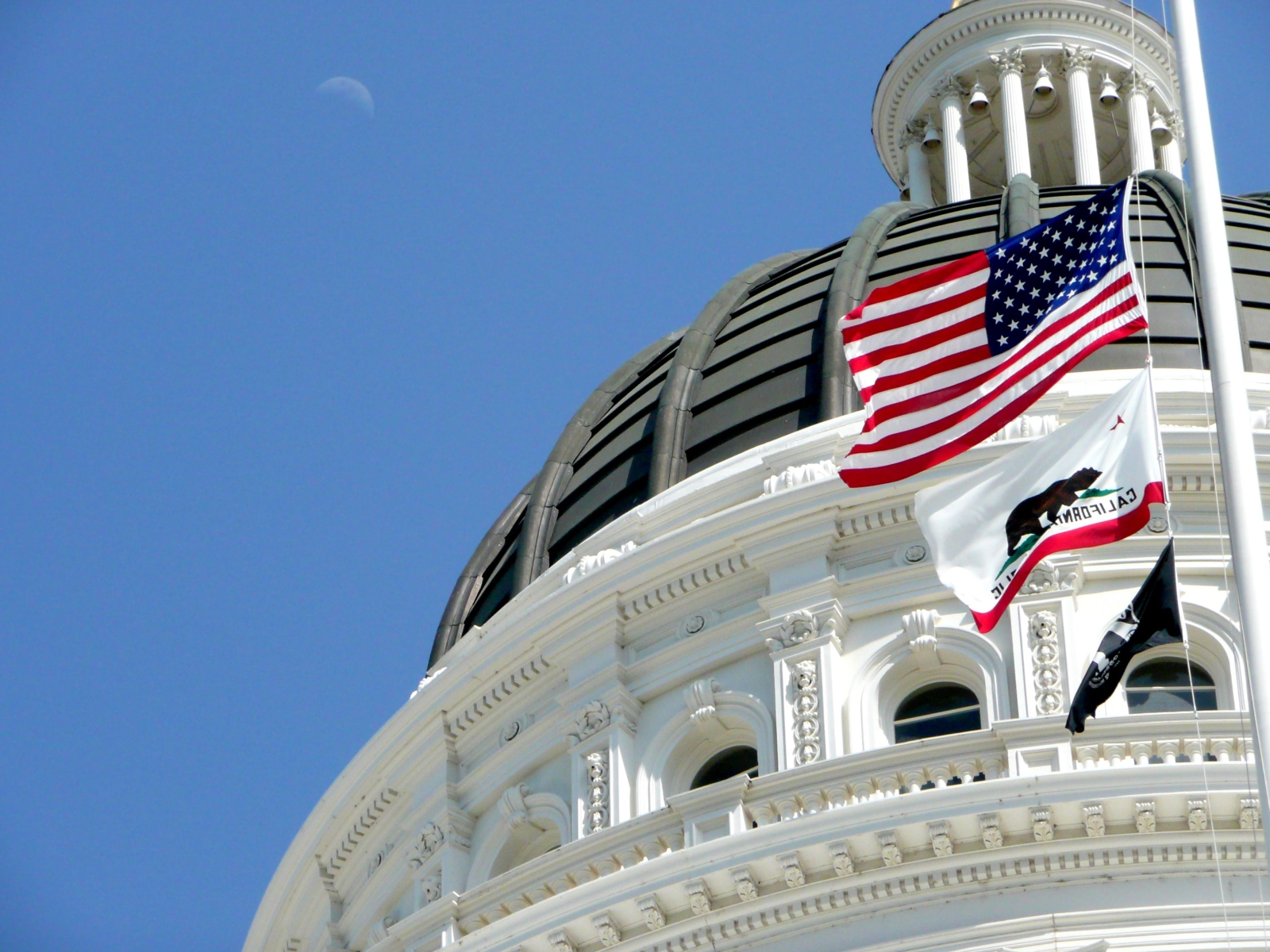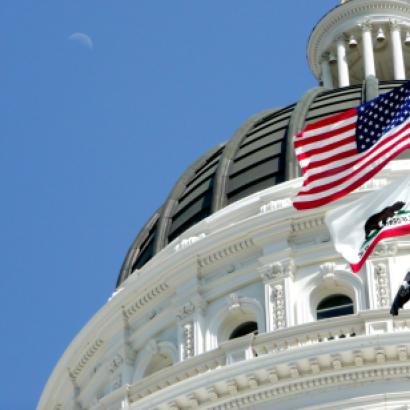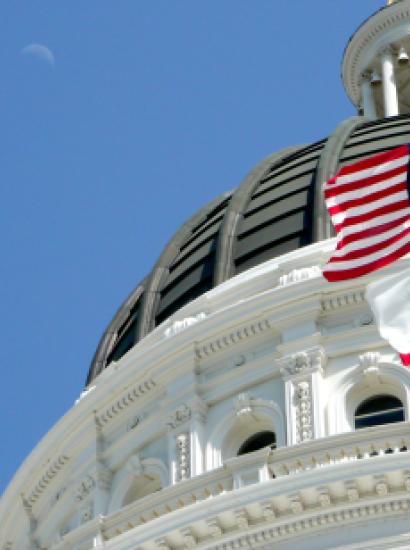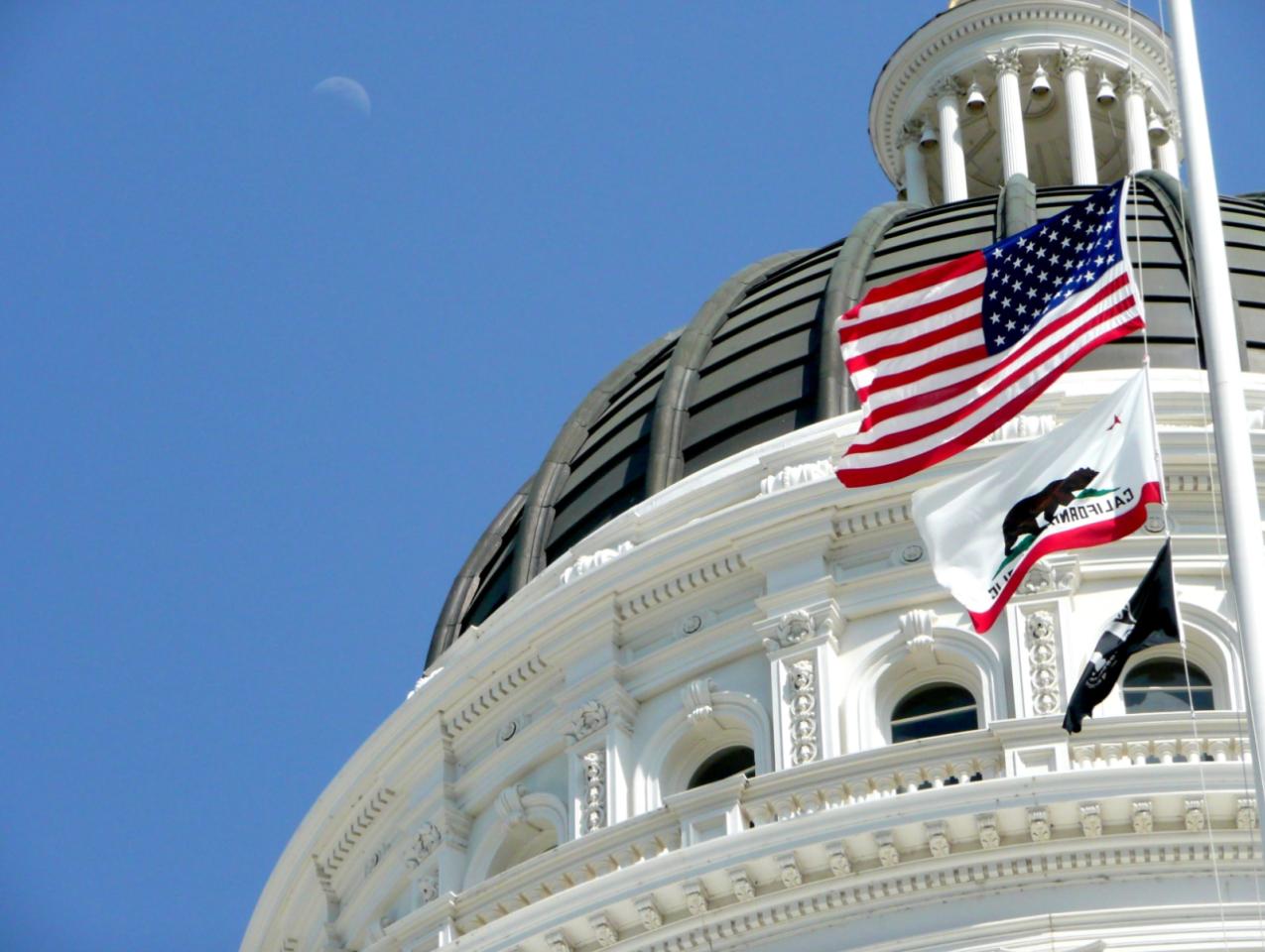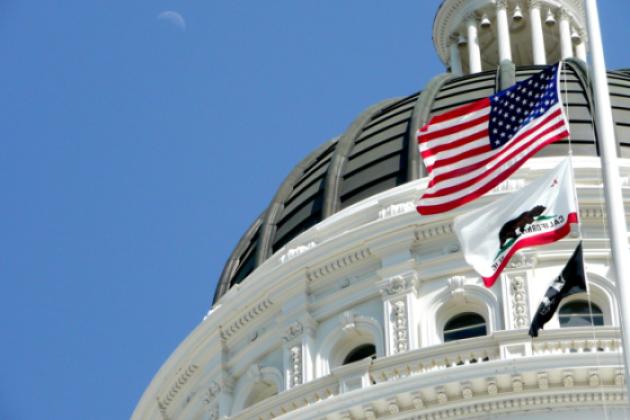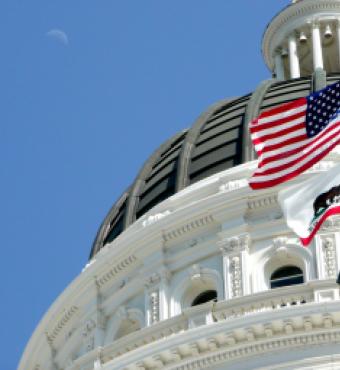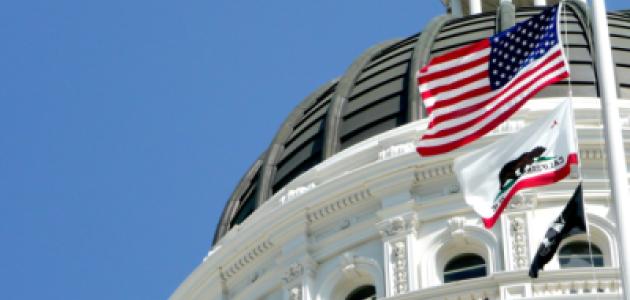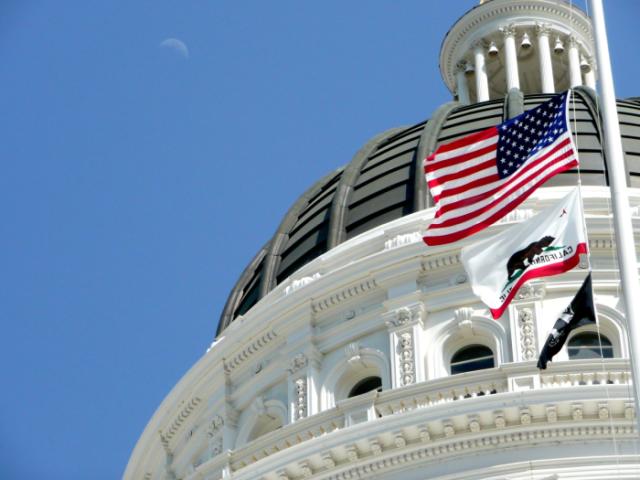Under the category of “can I have a do-over?” we have this recent exchange between California State Assembly speaker Robert Rivas and the journalist Elex Michaelson on the latter’s weekend current-events show.
Rivas: “You’re not going to convince me that [California] residents are better off today than they were a decade ago.”
Michaelson: “So who’s to blame for that?”
Rivas: “I think it’s all our responsibility. We’re in this together. And certainly we can do a better job.”
Fair enough.
So why would Rivas ask for a do-over?
Because Michaelson quickly pounced on the obvious, reminding his guest that California in the 21st century has been ruled by Democratic governors (since 1999, Republicans have held the office for all of seven years) and Democratic supermajorities in both chambers of the state legislature (not since 1995 have Republicans controlled either the State Assembly or Senate).
I’ll spare you from how Rivas tried to spin his way out of that faux pas with some cliché rhetoric about lawmakers needing to do a better job of monitoring state programs for “accountability” and “results” (which, by the way, happens to be the job of California’s state controller).
That said, there is good news for the Assembly speaker: Michaelson’s show, The Issue Is, airs Friday nights in Los Angeles, early Sunday mornings in the San Francisco Bay Area, and just before midnight on Saturdays and Sundays in Sacramento and San Diego, respectively. Odds are that most Californians are unware of his gaffe.
Now, the bad news: if one-party rule is what ails the Golden State, there’s no remedy in sight.
Which takes us to California’s 2026 governor race (yes, 2026), which is well underway even if this week marks two full years until the Golden State holds its statewide primary.
That race earned some added attention last month after word broke of Vice President Kamala Harris telling friends that she might run for governor in 2026 if this year’s presidential contest doesn’t go her way. (“That did not happen,” a Harris spokesperson huffily told Politico. “This November, the vice president will be preparing to be inaugurated for the second term of the Biden-Harris administration.”)
If indeed she’s interested in becoming California’s 41st governor, then Harris continues her historical dance with, of all people, Richard Nixon. Like Harris, Nixon was elected vice president (in 1952), despite serving less than one full term in the US Senate and intraparty concerns that he was a drag on the party’s ticket. In Nixon’s case, he lost a national election at the top of the Republican ticket eight years later, to have America’s political class declare his mortality after losing California’s 1962 gubernatorial contest.
Furthermore, when Nixon returned to California he ran against a relatively lightweight political field (his opponents in the Republican primary included Assembly minority leader Joseph Shell and perennial candidate William Potter Gale). Harris, presuming she would want to relocate to Sacramento, would be looking at a crowded field of declared Democratic hopefuls (in an open primary) including:
- former legislative leader Toni Atkins;
- current state lieutenant governor Eleni Kounalakis;
- current state superintendent of public instruction Tony Thurmond; and
- former state controller Betty Yee;
as well as others rumored to be thinking about a run:
- current federal health and human services secretary Xavier Becerra;
- current state attorney general Rob Bonta; and
- former Los Angeles mayor Antonio Villaraigosa.
Before we go much further, you might ask: Who would want this job? That’s a good question, given California’s long-term fiscal outlook (structural budget problems that may be left for the next governor to address) and the unpleasantness of two branches of state government differing over where to scale back spending. (Last weekend, with an eye on the June 15 constitutional deadline for passing a budget bill for the upcoming fiscal year, Democratic lawmakers pushed back against Governor Gavin Newsom’s intent to cut public-transit funding.)
But there’s another way to look at what the future might hold for Newsom’s successor. If Donald Trump is back in the White House, a California governor taking office in January 2027 could pick up where Newsom will have left off as the self-appointed head of the so-called anti-MAGA resistance.
Moreover, assuming the Democratic Party would engage in public soul-searching should the Biden-Harris ticket lose in a rematch with Trump, that new governor would have an opportunity to shine as a newly minted state executive wanting to take the party (and the nation) in a new direction. Which might be awkward if Newsom, once he leaves office, quickly transitions into an active presidential candidate.
And therein lies the problem with the field of Democratic hopefuls lining up for Newsom’s current job: none of the aforementioned names speaks to transformative politics, much less a willingness to break with Sacramento’s status quo of one-party, progressive dominance.
That doesn’t mean the next governor of California won’t have a chance to make history. If elected, Atkins, Kounalakis, or Yee would crack the “glass ceiling” as the Golden State’s first female governor (Atkins is also LGBTQ+). Thurmond, should he prevail, would be California’s first Black governor. Becerra and Villaraigosa, should they enter the race, would do so seeking to become the Golden State’s first Latino chief executive, while Bonta would present himself as California’s first Filipino governor.
(On this note, California is woefully behind America’s other “mega states”—Texas having elected two female governors, Florida having chosen a Latino governor, and a Black man and a woman [both nonelected] serving or having served as governor of New York.)
Another curious aspect of the 2026 governor’s race: as no one in the current field of wannabes is seen as a dominant contender, the contest should be a departure from the last two times a term-limited incumbent had to step down —those primaries featuring heavy odds-on-favorites.
Looking back to 2010, Jerry Brown’s main opposition came from (most Californians likely don’t remember) . . . Newsom. In that primary, Brown made formal his candidacy just three months before June’s vote. But that’s not the entire story: Brown had formed an exploratory committee the previous September signaling his intention to run for governor; a month later, Newsom dropped out of the race (a wise move considering he trailed Brown by up to 20 points in some polls and had raised only $1 for every $4.50 that Brown had collected).
When it came time to succeed Brown, Newsom changed the rules of engagement by announcing his gubernatorial candidacy almost 40 months before 2018’s June primary. While he did face a spirited challenge from Villaraigosa, who inferred that Newsom lacked a political conscience (“His M.O. is to be for something, then be against it, then be for it again, depending on the polls or popular whim”), the contest wasn’t close (Newsom’s 33.7% topping the field while Villaraigosa came in a distant third at 13.3%). Not that the political blood sport made for blood enemies: in August 2022, Newsom chose Villaraigosa to be his “infrastructure czar,” responsible for pursuing federal transportation largesse.
So how might California political history repeat itself in 2026? The answer may lie in a contentious gubernatorial primary in the spring and early summer of 1998 that featured two Democratic officeholders—then lieutenant governor Gray Davis and US Rep. Jane Harmon—and a former airline cochair named Al Checchi running as a “new” Democrat who was progressive on social issues but conservative on fiscal matters (for his troubles, and by virtue of spending $40 million of his personal fortune, Checchi earned the sobriquet “Al Checkbook”).
In that 1998 contest, Davis and Checchi feared a more prominent colleague upending the primary field. However, the late Dianne Feinstein decided in January that she wasn’t interested in relocating from the US Senate to Sacramento (Feinstein ran for governor in 1990, narrowly losing to Republican Pete Wilson).
The end result: a primary that was decidedly personal and bitter. After entering the race less than two weeks after Feinstein declined to do the same, Harmon surged ahead in the polls. Checchi changed that with a barrage of negative ads against the congresswoman, which worked to the benefit of Davis, who laid low as his two rivals exchanged unpleasantries.
Perhaps 2026 plays out along similar lines as 1998—if she’s a political free agent, Harris waiting until early that year to make her gubernatorial intentions known. And should a wealthy outsider surprisingly jump into the race (the billionaire Los Angeles developer Rick Caruso being a possibility), maybe the primary likewise becomes a conversation about career politicians and spend-happy business moguls, as it was back in 1998.
Unfortunately, that’s not the conversation California voters deserve in the months and years ahead—not when Newsom’s successor could be looking at a series of policy initiatives that either underachieved or belly-flopped during his watch (a few that come to mind: California’s struggles to meet its ambitious climate-change goals, some of which come to a head as soon as 2030; the feasibility of requiring all new vehicles sold in California by 2035 to be either electric or plug-in hybrids; and Newsom’s twin struggles in trying to remedy California’s homelessness and housing woes—“tiny” solutions resulting in large headaches).
Time will tell if a crowded field addresses a crowded set of problems facing the next governor.
Or, if Californians will be in store for more of what was on display in Elex Michaelson’s show: empty rhetoric and an unwillingness to correct course.







